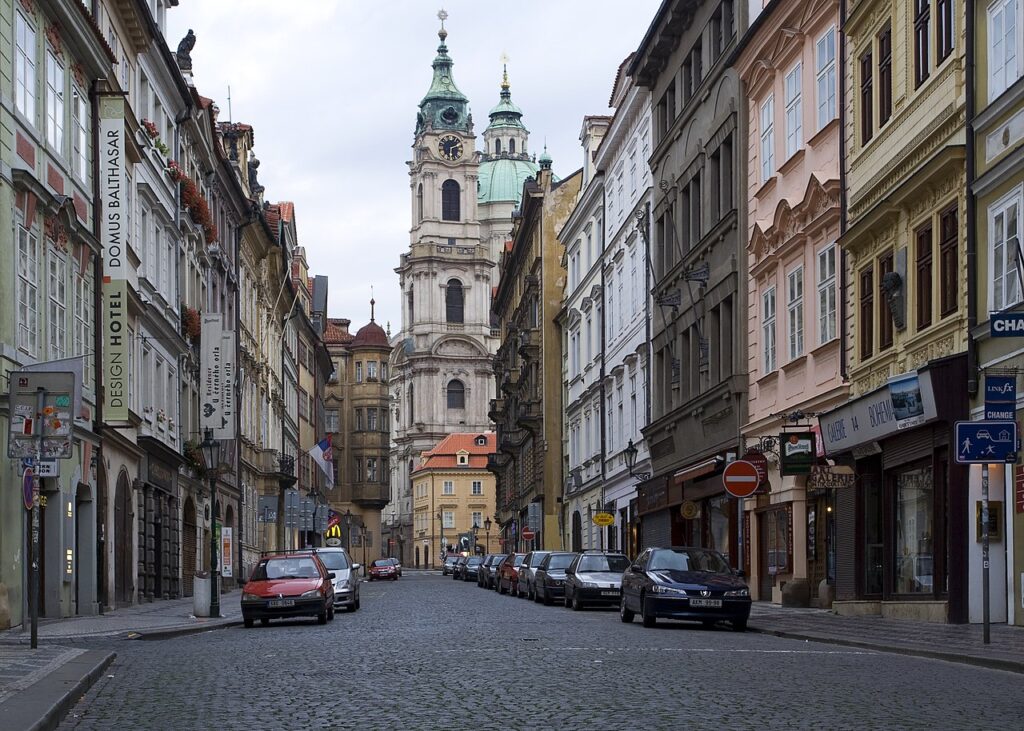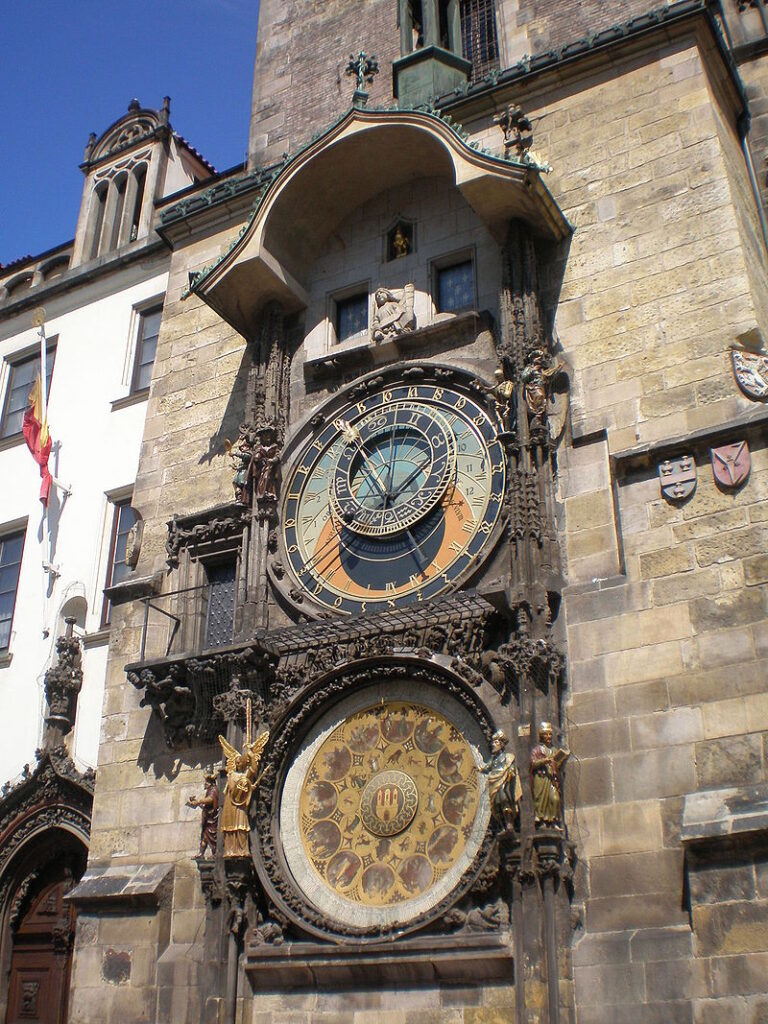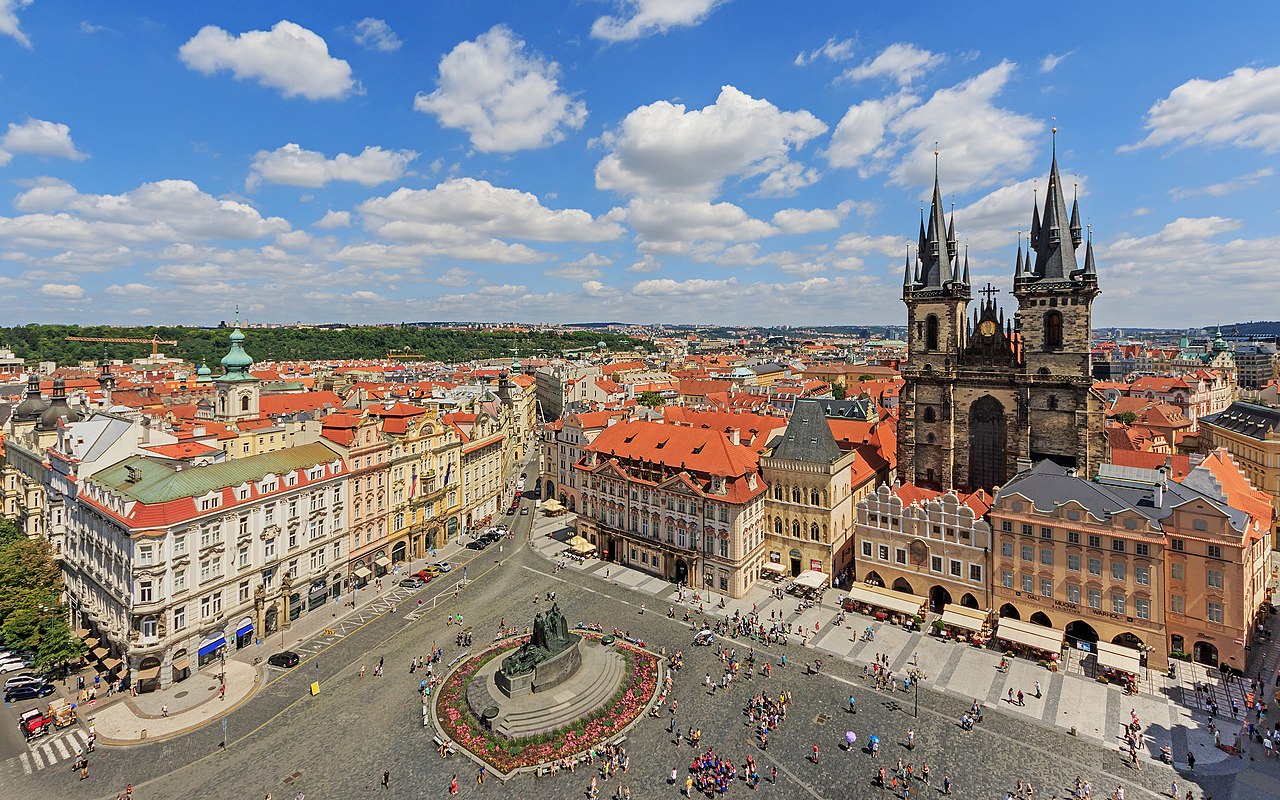Prague, the capital city of the Czech Republic, is a mesmerizing blend of history, architecture, and culture that has earned it the nickname “City of a Hundred Spires.” Nestled along the Vltava River, this European gem boasts a rich tapestry of Gothic, Baroque, and Romanesque architecture, creating a captivating skyline that has enchanted visitors for centuries.

At the heart of Prague lies the historic Old Town Square, a bustling hub surrounded by magnificent buildings that showcase the city’s architectural diversity. The Old Town Hall, with its iconic Astronomical Clock, stands as a symbol of medieval Prague. Every hour, crowds gather to witness the clock’s animated figures and intricate astronomical display, a tradition that has endured since its installation in the early 15th century.

The Charles Bridge, an iconic medieval structure adorned with statues of saints, spans the Vltava River and connects the Old Town with the Lesser Town (Mala Strana). Walking across the bridge offers breathtaking views of the Prague Castle, a sprawling complex that dominates the city’s skyline. The castle, one of the largest in the world, encompasses St. Vitus Cathedral, the Old Royal Palace, and various picturesque courtyards.

St. Vitus Cathedral, a masterpiece of Gothic architecture, is a crowning jewel within the Prague Castle complex. The cathedral’s soaring spires and intricate stained glass windows, including the famous “St. Wenceslas Window,” make it a marvel of religious art and craftsmanship. Visitors can explore the interior, which houses the Royal Mausoleum and the Chapel of St. Wenceslas, among other treasures.

The charming district of Mala Strana, or Lesser Town, unfolds beneath the castle. Narrow cobblestone streets wind through colorful baroque buildings, leading to enchanting squares and hidden gardens. Wallenstein Garden, nestled behind the Wallenstein Palace, is a serene oasis featuring terraced lawns, sculptures, and a pond with resident peacocks, providing a peaceful retreat from the city’s bustle.

Prague’s Jewish Quarter, Josefov, is a testament to the city’s complex history. Synagogues, including the Spanish Synagogue and the Old-New Synagogue, stand alongside the hauntingly beautiful Old Jewish Cemetery. The Jewish Museum chronicles the history and heritage of Prague’s Jewish community, preserving artifacts and stories from centuries past.
Wenceslas Square, a vibrant boulevard in the New Town, serves as a modern contrast to the historical charm of the Old Town. Lined with shops, restaurants, and cultural institutions, the square is a focal point for events, celebrations, and demonstrations. At the top of the square stands the imposing National Museum, an architectural landmark that houses extensive collections spanning art, history, and natural sciences.
Prague’s cultural scene is vibrant and diverse, with numerous theaters, galleries, and concert halls. The Estates Theatre, where Mozart premiered “Don Giovanni,” remains a symbol of the city’s classical music heritage. Modern art enthusiasts can explore the DOX Centre for Contemporary Art, housed in a former factory, showcasing innovative exhibitions and installations.
Prague’s culinary landscape reflects a mix of traditional Czech cuisine and international influences. Local specialties such as svíčková (marinated beef with cream sauce), trdelník (a sweet pastry), and hearty Czech beers can be savored in traditional pubs and restaurants. The city’s vibrant street food scene offers a variety of treats, including sausages, pastries, and mulled wine during the winter months.
The city comes alive with festivals and events throughout the year. The Prague Spring International Music Festival, celebrating classical music, attracts renowned musicians and orchestras. The Prague International Film Festival (Febiofest) and the Signal Festival of Light, which transforms the city with illuminated art installations, contribute to Prague’s reputation as a cultural hub.
Prague’s accessibility is facilitated by Václav Havel Airport, efficient public transportation, and a walkable city center. Trams, buses, and the metro system make it easy for visitors to explore different neighborhoods and attractions.
In conclusion, Prague’s timeless beauty, rich history, and cultural vibrancy make it a destination that captivates and inspires. From the medieval charm of the Old Town to the grandeur of the Prague Castle, the city invites visitors to stroll through its cobblestone streets, savor its culinary delights, and immerse themselves in its artistic and historical treasures. Prague’s allure as the “City of a Hundred Spires” endures, leaving an indelible impression on those who explore its enchanting streets and experience the magic of this European jewel.



